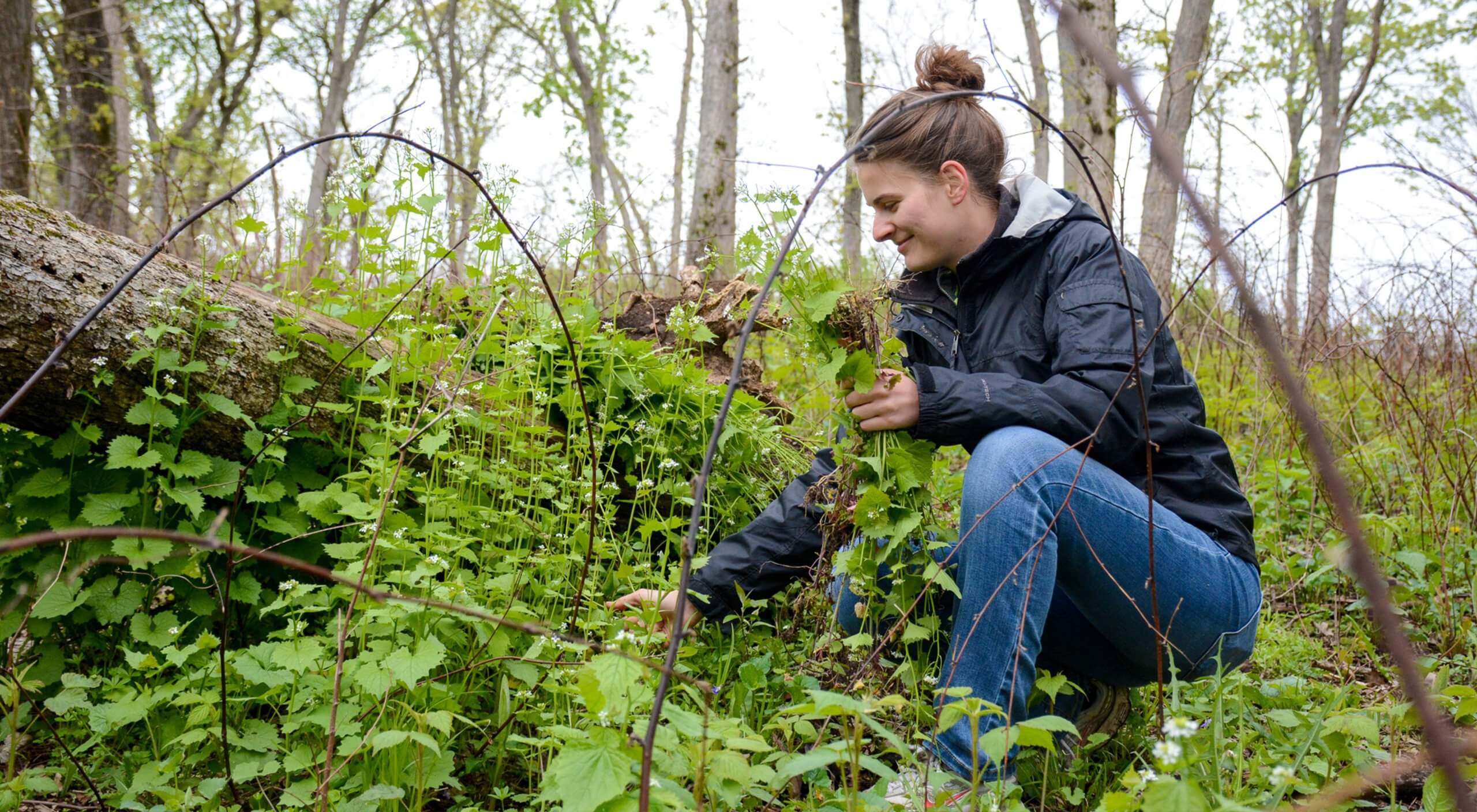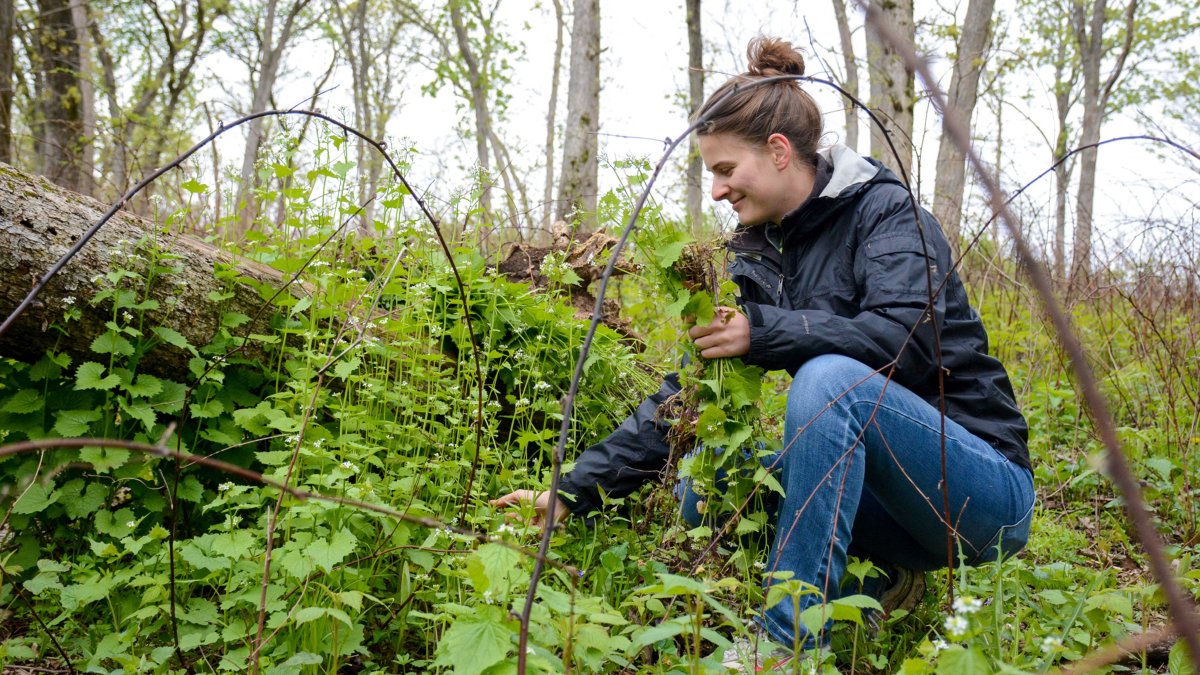
Invasives (invasive plant species) are the adaptable, nonnative plants that reproduce by roots, stems, and seeds. They are primarily spread via wind, deposited by birds, or carried into new areas by pets, people, as well as visiting wildlife. Invasive plant species have the potential to cause numerous problems in your garden as well as your yard.
Invasives such as the purple loosestrife have a reputation for being beautiful but yet causing many different problems in your yard and garden. The tag at your local garden center may say that a plant is “fast growing, low maintenance, and long blooming.” If such a description seems too good to be true, it’s because it sometimes actually is.
Plants that were previously only recommended for the garden have expanded beyond our landscapes and invaded the natural areas nearby. Once the invasive plant gains a foothold, it crows out the native plants the pollinators, birds, and other wildlife depend upon. Follow the tips provided here from Environet for removing and replacing invasive species of plants.
How to Remove Small Invasive Plant Species
Small invasive plants should be removed and discarded, including the roots, as recommended by your local municipality. Many will allow you to place them in the trash because they are usually buried in landfills. It is generally advisable, however, not to compost invasive plants unless your pile is hot enough (150° to 180°F) to kill the plants, seeds, and roots.
How to Remove Large Plants
For shrubs and larger trees, you will have to use a different technique. You can kill problem trees slowly by removing a strip of bark around the base measuring 6-inches. Alternatively, you can use a recommended herbicide to paint the bottom 12 inches of the trunk.
You may also chop the plant down and treat the stump with a vegetation killer to make sure that it does not sprout. As always, you should make sure that you read and follow the label directions carefully.
Remove Invasive Plant Tick Havens
Removing invasive plant species such as Japanese honeysuckle can help reduce tick populations that often carry disease. According to studies, Japanese honeysuckle and barberry bushes create the ideal habitat for deer along with ticks that feed on them.
Watch Out for Invasive Plants in Décor
Wreaths and door swags can also contribute to this problem. These decorations may contain invasive species of plants such as oriental bittersweet and teasel. Their seeds may be released from the arrangements into gardens nearby, eventually finding their way to natural spaces.
Find Alternatives for Invasives
To make sure that you don’t accidentally add troublesome plants to your yard, do proper research before making your purchase.
Have a great time replacing the invasive plant species with better alternatives. Use native plants that are suited to the growing conditions in your yard and the available space. You should also look for options that support birds, like ornamental grasses and native trees, and help pollinators.
Emily Hawthorne
Related posts
Stay connected
Today's pick
- Things to Remember While Designing Your Custom Modular Kitchen in GurgaonGurgaon now known as Gurugram is the second largest city in the state of Haryana and is a reflectiossn of an ideal modern city with futuristic goals. Witnessing rapid urbanization, it has also emerged as a hub for contemporary homes, with homeowners seeking innovative and... The post Things to Remember While Designing Your Custom Modular […]

